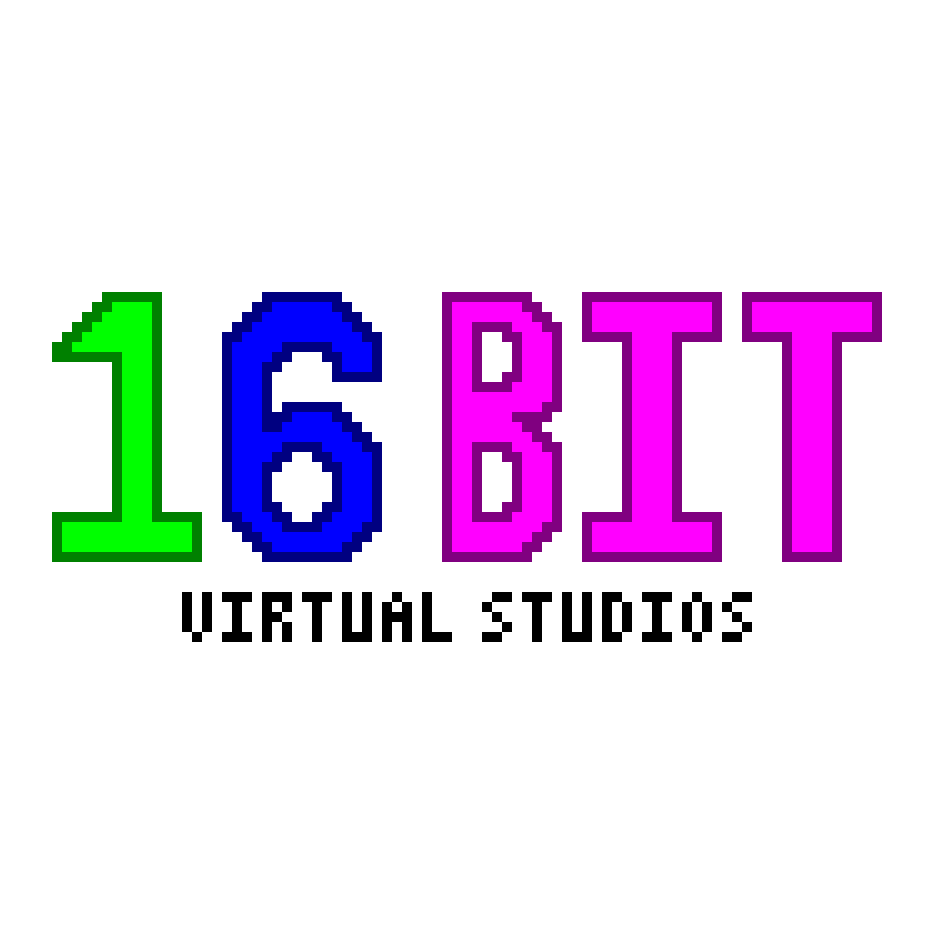Windows has been a thorn in my side for years. But ever since I started moved to Linux on my Laptop and swapping my professional software to a cross platform alternative, I’ve been dreaming on removing it from my SSD.
And as soon as I finish my last few projects, I can transition. (I want to do it now).
Trouble is which I danced my way across multiple amazing distros, I can’t decide which one to land on since the one software I want to test, Davinci Resolve doesn’t work on my Intel Powered Laptop. (curse you intel implementation of OpenCL).
So the opinions of those of you who’ve used Davinci Resolve, Unity/Godot, and/or FreeCAD. I want it to be stable with minimal down time on hardware with a AMD Ryzen 5 1600x and a RTX 3050. Here’s the OS’s I am looking at.
CentOS (alt Fedora)
- Pro: Recommended by Davinci Resolve for the OS, has good package manager GUI that separates Applications and System Software (DNF Dragon), Good support for multiple Desktop Environments I like. Game Support is excellent and about a few months behind arch.
- Con: When I last installed Fedora my OS Drives BTFS file system died a horrific and brutal death, losing all of my data. Can’t have that. And I personally do not like DNF and how slow it makes updating and browsing packages.
Debain (alt Linux Mint DE)
-
Pro: The most stable OS I’ve used, with a wide range of software support both officially in the distros package manager, or from developers own website. I am most familiar with this OS and APT
-
Cons: Ancient packages which may cause issues with Davinci Resolve and Video Games. An over reliance on the terminal to fix simple problems (though this can be said for most linux distros). I personally don’t like APT and how it manages the software.
EndevourOS (alt Manjaro)
-
Pro: The most up to date OS, great for games with the AUR giving support for a lot of software which isn’t available on other distros.
-
Cons: Manjaro has died on me once, and is a hassle to setup right and keep up. EndevourOS has no Package Manager GUI, and is over reliant on the Terminal. Can’t use pacman in a terminal the commands are confusing.
OpenSUSE Tumbleweed
-
Pro: Like Fedora but doesn’t use DNF, good game support
-
Cons: Software isn’t as well supported.
Edit: from the sounds of thing, and the advice from everyone. I think what I’ll do is an install order while testing distros (either in distro box or on a spare ssd) in the following order.
Debain/Mint DE -> OpenSUSE -> EndevourOS -> CentOS
This list is mostly due to stability and support for nvidia drivers.


I think an important consideration is which desktop environment you want to use as you’re more likely to get better graphics support with a distro that defaults to your favourite de.
I used to use Mint, but I recently switched to OpenSuSE as I have decided I prefer using KDE. I could install KDE in Mint but I had a few graphical glitches and annoyances with it’s apps being designed for cinnamon/gtk. Meanwhile no issues with OpenSuSE. I also have an Nvidia card and AMD CPU.
The other thing to consider given your graphics needs is a more gaming focused distro. I use Nobara on my living room PC which I use for gaming; it’s pretty good although that machine is an AMD iGPU. I have considered moving that to OpenSuSE for consistency with my desktop but I like it as it is tbh.
I tried Mamjaro in the recent past - it’s nice but I didn’t like the Arch packaging system. The AUR is good but I’ve found everything I want via other routes on other systems, and Mamjaro failed on me soon after I started using it. May have been coincidence buf I decided I couldn’t use a system like that - I just didn’t want to be problem solving so much on my daily driver.
I’ve also tried Fedora. I really didn’t like that system - again it was the package management system and the BTRFS file system caused me endless issues.
I like OpenSuSE’s Yast and Zypper package management tools. I also like the debian Apt package management system.
Last consideration: Debian systems have a lot of support available due to it being the base to lots of derivatives like Ubuntu and it’s own derivatives like Mint etc. OpenSuSE has less of that generic support - it’s there but it’s not the same scale, ubiquitous support.
Maybe I’ve been extremely lucky, but I’ve had nothing but good experience with BTRFS. However I do see a lot of comments where something broke catastrophically. Is this one of those things where I can’t feel the pain because it hasn’t happened to me?
Difficult question to answer. For me the biggest issue with BTRFS was the unexpected behaviours as a user which were a headache to problem solve. I didn’t have a catastrophic data loss but I did have issues with permissions and mounting which were opaque and at the root of errors I was getting with software I was installing and using (and I only got to the file system of the cause after a lot of head scratching and frustration). I’m don’t think BTRFS is necessairly a bad filesystem, I just don’t think it’s a very user friendly one? However it may also be more to do with my own ignorance of the filesystem. That said, most guidance for end users when dealing with software is either around Ext4 or assume use of an Ext4 filesystem. It was quite difficult getting to the root of my BTRFS issues.
Fedora moving to it as default kind of makes sense as it’s essentially a testing system for an enterprise system, but it wasn’t much fun to deal with as a home user.